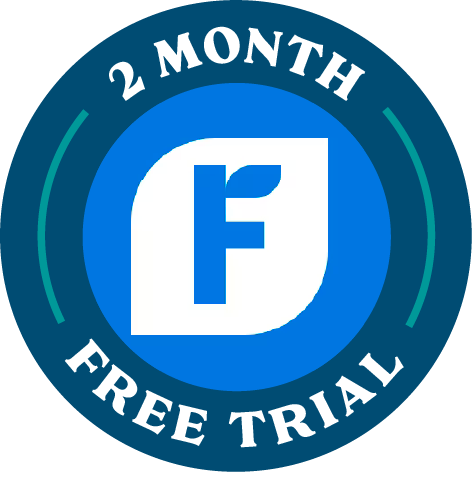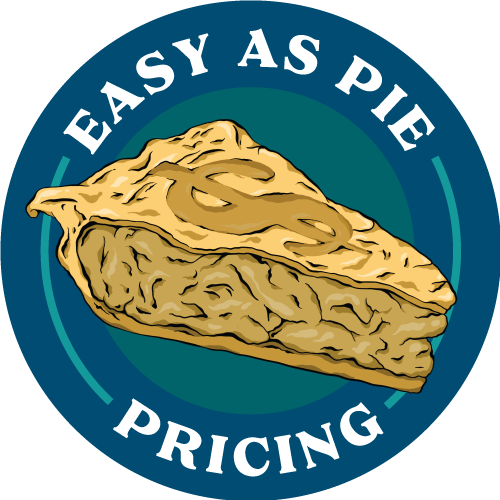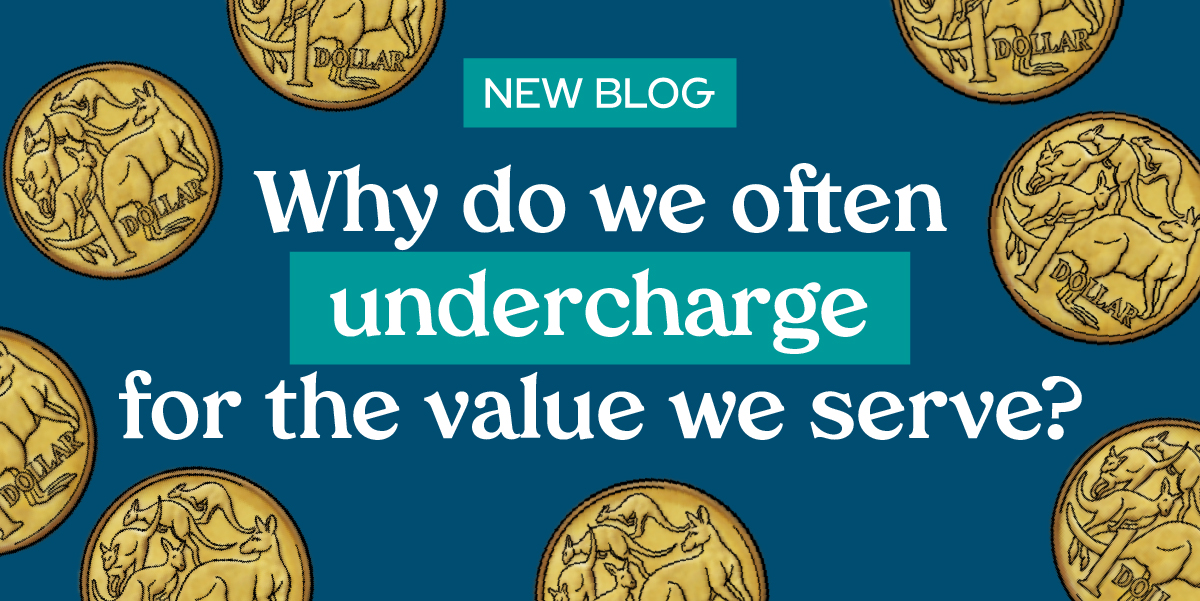A 4.1 minute read...
First things first; if you haven’t used my pricing calculator (or have but it’s been a while), check it out here. I’ll wait while you have a play with the calculator. Just make sure you come back to this blog. We’re gonna need to chat afterwards.
First things first; if you haven’t used my pricing calculator (or have but it’s been a while), check it out here. I’ll wait while you have a play with the calculator. Just make sure you come back to this blog. We’re gonna need to chat afterwards.
Let me guess; you’ve now got some pretty big feelings you need to work through, and probably a whole lot of questions for me. In anticipation of what you might be wanting to know, here are four things you’ve probably realised since using my pricing calculator.
1. The calculation was much higher than you expected
Once you picked your jaw up off the floor, you started to question my credibility (and probably my sanity). Once you punched in all the info for the working life you dream of, your hourly rate seemed absurd.
Part of the reason you started freelancing was to get away from full-time hours. You’re always dreaming of a healthy work/life balance. You also wanted the flexibility to take ample holidays, spontaneous days off, and rest when you’re sick without panicking that you’ve run out of ‘days’ for the year.
Yet according to my calculator, this kind of life means your hourly rate is at least $300. Which may or may not reflect what you serve as a creative.
To be frank, if you start writing that figure on your quote (especially if you’re billing hourly), you’re probably not going to land many jobs. Or good business relationships. Or boozy networking event invites.
Tweaking the numbers in the calculator here will help because it’s all about the little adjustments. You are wanting to find a rate you can work with, serve with confidence and actually get paid by clients… it’s about balancing those flavours.
2. There are more overheads/expenses than you first thought
Yep. It’s not nice, but there it is. One of the biggest mistakes business owners make (especially in the beginning) is not accurately forecasting their expenses.
You’ve probably heard the phrase ‘you’ve got to spend money to make money’. While this is certainly true to a certain degree, you have to have your finger on all the business outgoings from your bank account.
A monthly accounting subscription, a premium Dropbox account, and trips to Officeworks for supplies are the very tip of the expense iceberg. I can guarantee (especially in the beginning), there will be expenses you’d never anticipated.
Regardless of what others have said, it costs money to run a business.

Free Taste of Freshbooks for 2 months, my treat?
Click to grab your free trial, consider it a gift from me to you!
3. Tax is not pretty
One of the perks of being employed by someone else is that you’ve got a bit of a blind eye to the tax you pay. Sure, it’s listed on your payslip, but you never actually see the money, so it doesn’t seem that hard to part with. You calculate your budget based on the dollars that go into your account each week, knowing that it’s (mostly) all yours.
Freelancing can make taxes very confronting. Not only do you have to try and work out how much you’re supposed to be paying (which can be hard when there’s an ebb and flow to your workload), but you actually have to either set it aside or pay it as you go. When you quote for a job, you’ve got to swallow the fact that part of that money isn’t yours to spend.
To actually have six-figures all to yourself, you have to be invoicing almost twice as much.
Seems implausible, right?
4. You will work a good chunk of hours that are not billable
Admin, bookwork, discovery calls, marketing, emergency calls to your mum…. These are all hours you have to spend working on the business that you’re not being directly paid for.
Which sucks, right? When someone says “I’m $200 an hour”, thinking that equates to a full working week at that rate isn’t exactly accurate. That high rate needs to cover both working and non-working hours to make sure you not only cover your time, but cover your business.
There are only a certain number of hours in the week, and you don’t want to be working all of them. Yet somehow, you have to strike a balance between working in the business and working on it. When you charge based on an hourly rate, time spent working on the business is time you’re not getting paid for. The problem is that if you don’t spend time doing marketing and admin and calling your mum for advice, you won’t have any clients to bill.






